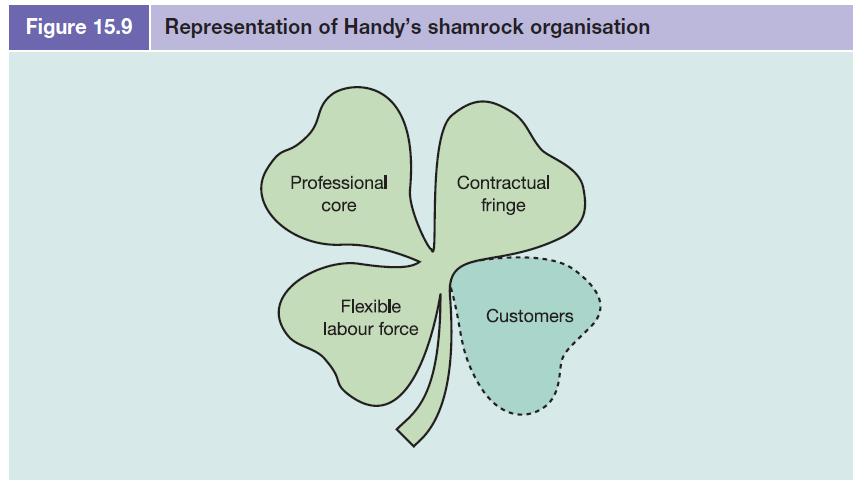The John Lewis Partnership is a visionary and successful way of doing business, boldly putting the happiness
Question:
The John Lewis Partnership is a visionary and successful way of doing business, boldly putting the happiness of Partners at the centre of everything it does. It’s the embodiment of an ideal, the outcome of nearly a century of endeavour to create a different sort of company, owned by Partners dedicated to serving customers with flair and fairness. All 69,000 permanent staff are Partners who own 29 John Lewis shops (28 department stores and one John Lewis at Home), 218 Waitrose supermarkets, an online and catalogue business, a direct services company, Greenbee, a production unit and a farm, with a combined turnover of nearly £6.9 billion last year. Partners share in the benefits and profits of a business that puts them first.
John Lewis opened his Oxford Street department store for business in 1864. In its early days it was a traditional family-owned business, and his two sons followed him into the firm. John Spedan Lewis, later to found the John Lewis Partnership, became Director of a second store (Peter Jones in Sloane Square) in 1905. Possibly influenced by the egalitarian social and political movements of the early 20th century, he wanted to change the way in which the business was managed, and to involve its employees more centrally in its running. In 1920 he launched an employee profitsharing scheme at the Peter Jones store. His views were not accepted by his father and initially caused a rift in the running of the business; but father and son were reconciled before the former’s death in 1928, when Spedan inherited the whole enterprise. The following year Spedan Lewis drew up the First Trust Settlement which left him in control of the business but gave employees shares in its profits. Shortly before the Second World War the business acquired the Waite, Rose and Taylor grocery stores, and in 1940 bought the Selfridge Provincial Stores Group. In 1950 the Second Trust Settlement created the John Lewis Partnership (JLP) as it is today, owned and run entirely by its employees. John Spedan Lewis died in 1963.
Your tasks
1. Using the Burns and Stalker model (Table 15.1) and the Handy model (Figure 15.9) as the basis for analysis, identify the degree to which the John Lewis Partnership, Waitrose and Ocado reflect mechanistic, organic and ‘shamrock’ structures of organisation.
2. Critically review the governing structure of the John Lewis Partnership. What are the strengths and weaknesses of such a structure in a fast-moving competitive environment?
3. Discuss and evaluate the possible impact of this democratic style of organisation on the role and behaviour of managers. How is it likely to differ from the role and behaviour of managers in a more traditional, shareholder-owned company?

Step by Step Answer:

Management And Organisational Behaviour
ISBN: 9780273728610
9th Edition
Authors: Laurie J. Mullins, Gill Christy





